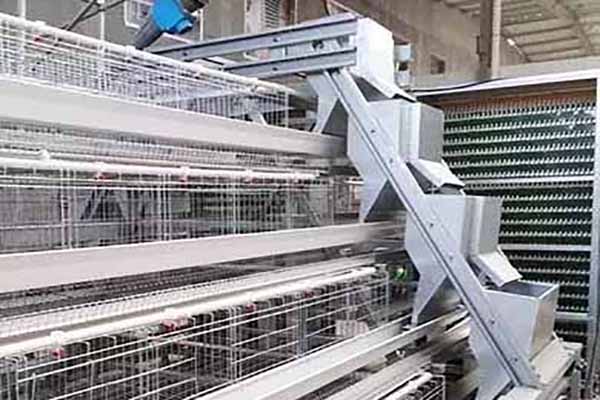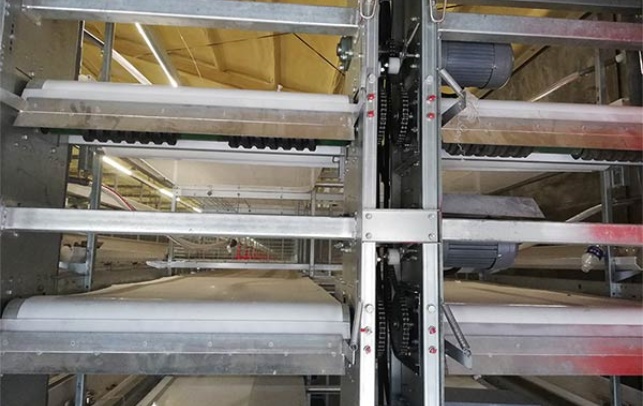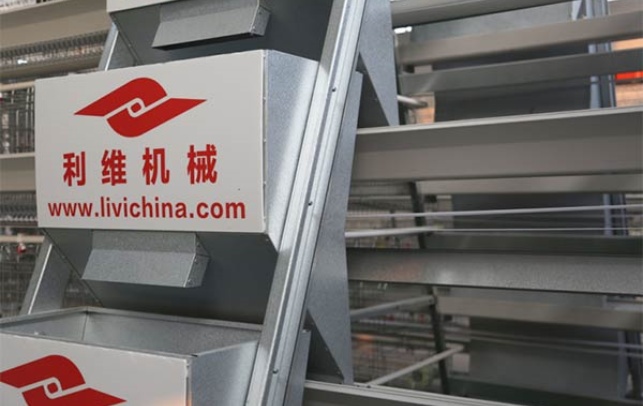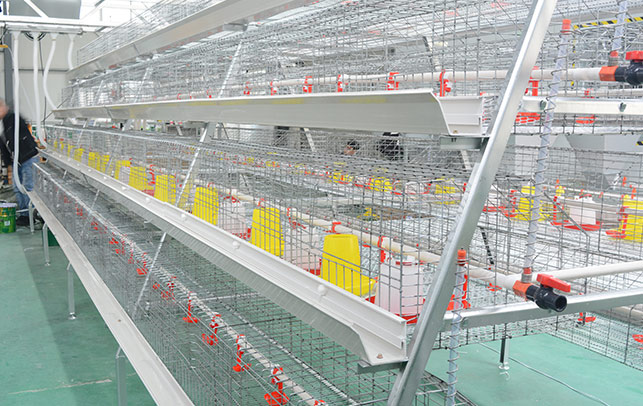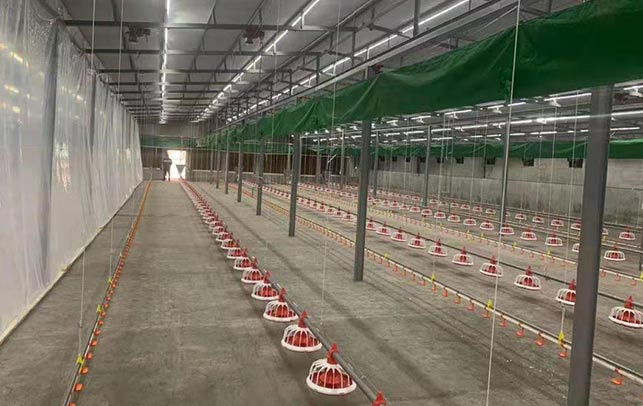Tanzania and Kenya Chicken Farm Automation: A Comprehensive Case Study on Equipment and Implementation
Time : 2025-04-24
In the dynamic world of agriculture, the integration of technology is reshaping traditional farming practices. One such transformation is evident in the automation of chicken farming in countries like Tanzania and Kenya. This article delves into a case study of the automation equipment used in these regions, complete with a video demonstration to provide a firsthand look at the process. Let’s take a closer look at how technology is transforming the poultry industry in East Africa.
—
Understanding the Landscape: Tanzania and Kenya’s Chicken Farming Industry
Both Tanzania and Kenya have seen significant growth in the poultry sector over the past decade. As the demand for chicken meat and eggs continues to rise, farmers are seeking innovative ways to increase productivity while ensuring animal welfare. Automation has become a key factor in this transformation, allowing for more efficient and sustainable farming practices.
Key Automation Equipment in Tanzania and Kenya Chicken Farms
1. Automated Feeding Systems: These systems ensure that chickens receive the right amount of feed at the appropriate times. This not only optimizes growth but also reduces waste.
2. Watering Systems: Automated watering systems maintain consistent water quality and supply, which is crucial for the health of the chickens.
3. Climate Control Systems: By regulating temperature and humidity, these systems create an ideal environment for chickens to thrive, reducing stress and disease.
4. Lighting Systems: Automated lighting schedules mimic natural daylight, promoting optimal growth and egg production.
5. Monitoring and Management Software: This software allows farmers to monitor the health and behavior of their chickens remotely, making it easier to identify and address issues promptly.
—
Case Study: Implementing Automation in Tanzania and Kenya Chicken Farms
In our case study, we visited several chicken farms in Tanzania and Kenya to understand how automation equipment is being implemented. Here’s a glimpse into the process:
1. Feeding Automation
At a farm in Tanzania, we saw an automated feeding system in action. The system was designed to dispense feed according to the chickens’ age and growth stage. The farmer simply input the required data into the system, and it did the rest.
2. Watering Automation
In Kenya, we observed an automated watering system that used sensors to detect the water level in the drinkers. When the level dropped, the system automatically refilled the drinkers, ensuring a continuous supply of clean water.
3. Climate Control Automation
At another farm in Tanzania, we were impressed by a sophisticated climate control system. The system adjusted the temperature and humidity based on real-time data, creating an optimal environment for the chickens.
4. Lighting Automation
In Kenya, we saw how automated lighting systems were used to mimic natural daylight. The chickens appeared more active and responsive, which could lead to better growth and egg production.
5. Monitoring and Management Software
At a farm in Tanzania, we met a farmer who was using monitoring and management software to keep track of his chickens’ health and behavior. He could view the data on his smartphone, allowing him to make informed decisions from anywhere.
—
Video Demonstration: A Glimpse into Tanzania and Kenya Chicken Farm Automation
To give you a firsthand look at the automation in action, we’ve compiled a video demonstration. You’ll see the various systems in use, from feeding and watering to climate control and monitoring.
[Video: Tanzania and Kenya Chicken Farm Automation Equipment in Action]
—
Benefits of Automation in Tanzania and Kenya Chicken Farms
The implementation of automation in Tanzania and Kenya’s chicken farms has several benefits:
1. Increased Productivity: Automation allows for consistent and efficient operations, leading to higher productivity.
2. Reduced Labor Costs: With automated systems, fewer workers are needed, reducing labor costs.
3. Improved Animal Welfare: Automated systems ensure that chickens receive the right care, leading to better health and well-being.
4. Environmental Sustainability: Automation reduces waste and energy consumption, making farming more sustainable.
—
Conclusion
The automation of chicken farming in Tanzania and Kenya is a testament to the power of technology in transforming traditional agriculture. By integrating advanced equipment and software, farmers are able to increase productivity, reduce costs, and improve animal welfare. As the poultry industry continues to grow, automation will play a crucial role in shaping its future.
—
